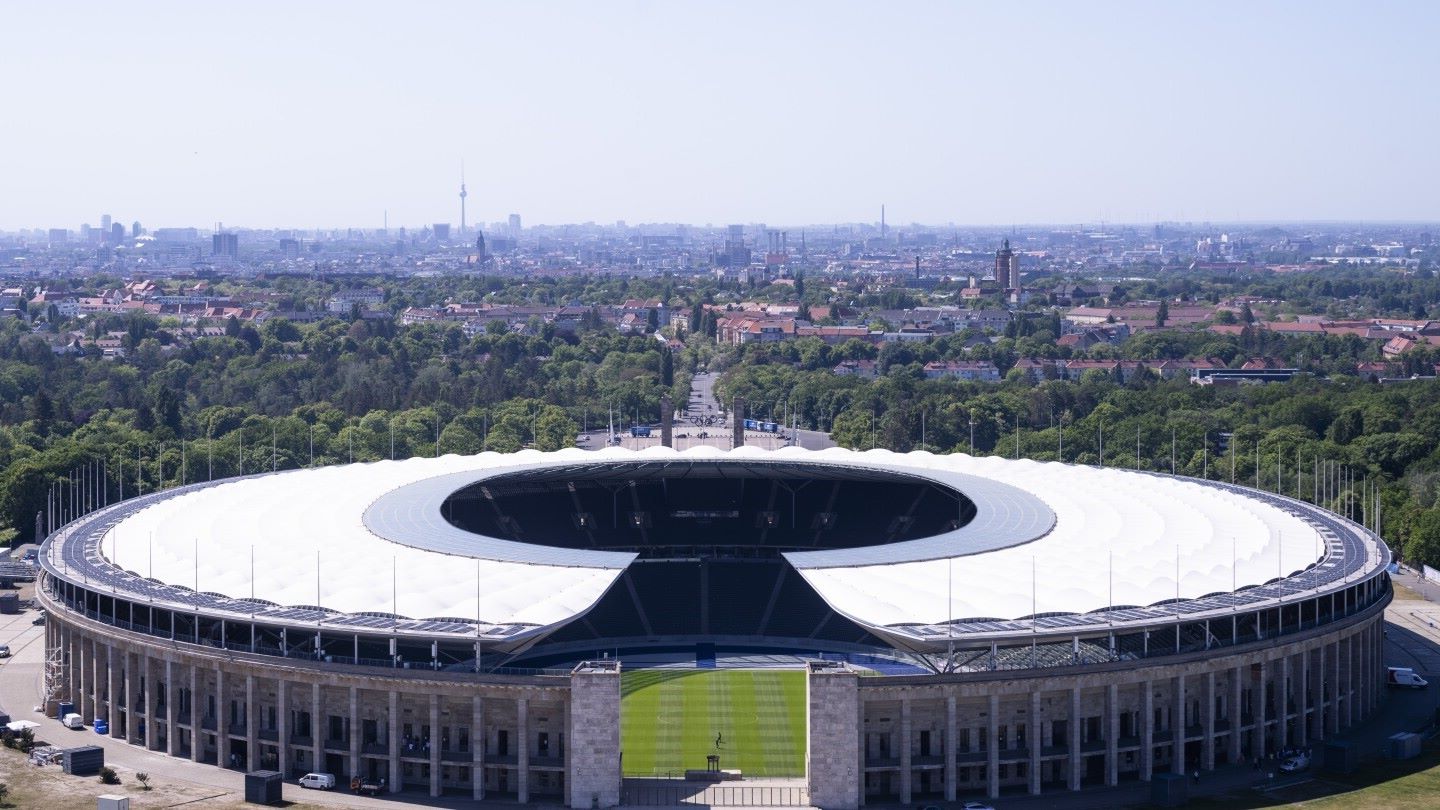
Artificial Intelligence (AI) has revolutionized numerous industries, and interior design is no exception. By leveraging AI, interior designers can streamline processes, enhance creativity, and deliver exceptional results. In this article, we'll explore nine fascinating facts about AI in interior design, shedding light on its impact, capabilities, and potential.
AI's integration into interior design has ushered in a new era of innovation and efficiency. From personalized design recommendations to space optimization, AI empowers designers to cater to diverse client needs while maximizing functionality and aesthetics. As we delve into the intricacies of AI in interior design, you'll gain valuable insights into its transformative power and the exciting possibilities it presents.
Join us on this enlightening journey as we uncover the intersection of AI and interior design, unraveling the ways in which technology is reshaping the creative landscape and redefining the art of designing captivating living spaces.
Key Takeaways:
- AI interior design blends technology and creativity to create stunning and functional spaces, personalized to individual tastes and needs, while streamlining the design process for faster and more efficient results.
- AI interior design revolutionizes spatial planning, material selection, and user experience, fueling innovation and redefining design possibilities to elevate the human experience within built environments.
AI Interior Design Seamlessly Integrates Technology and Aesthetics
AI interior design seamlessly integrates technology and aesthetics, leveraging advanced algorithms to create visually stunning and functional spaces. By harnessing the power of AI, designers can optimize layouts, select color schemes, and curate decor elements with precision, resulting in harmonious and captivating interiors.
AI Interior Design Enhances Personalization and Customization
AI interior design enhances personalization and customization by analyzing individual preferences and lifestyle needs. Through data-driven insights, AI can tailor design recommendations to reflect the unique tastes and requirements of each client, ensuring that every space is a true reflection of its occupants.
AI Interior Design Streamlines the Design Process
AI interior design streamlines the design process by automating repetitive tasks and generating rapid design iterations. This efficiency empowers designers to focus on creativity and innovation, accelerating the overall project timeline while maintaining a high standard of quality.
AI Interior Design Empowers Sustainable Practices
AI interior design empowers sustainable practices by optimizing energy efficiency, material selection, and resource utilization. Through predictive modeling and analysis, AI can guide designers toward eco-friendly choices, contributing to environmentally conscious and responsible design solutions.
AI Interior Design Transforms Spatial Planning
AI interior design transforms spatial planning by analyzing spatial dynamics and user behavior to optimize functionality and flow. By harnessing AI algorithms, designers can create dynamic, adaptable spaces that cater to diverse activities and user interactions, maximizing the potential of every square foot.
AI Interior Design Fuels Innovation in Material Selection
AI interior design fuels innovation in material selection by identifying novel materials and finishes that align with design objectives and performance criteria. This forward-looking approach broadens the spectrum of design possibilities, fostering creativity and pushing the boundaries of traditional design norms.
AI Interior Design Elevates User Experience
AI interior design elevates user experience by anticipating user needs and preferences, resulting in spaces that are intuitive, comfortable, and tailored to enhance well-being. Through AI-driven insights, designers can craft environments that resonate with occupants on a deeper level, fostering a sense of connection and satisfaction.
AI Interior Design Catalyzes Collaborative Design Processes
AI interior design catalyzes collaborative design processes by facilitating seamless communication and idea exchange among multidisciplinary teams. By centralizing data and insights, AI promotes synergy and coherence, enabling diverse experts to contribute synergistically to the design vision.
AI Interior Design Redefines Design Possibilities
AI interior design redefines design possibilities by transcending conventional limitations and exploring new frontiers of creativity and functionality. This transformative approach opens doors to unprecedented design solutions, inspiring a new era of innovation and imagination in the realm of interior design.
AI interior design represents a paradigm shift in the way we conceptualize and actualize interior spaces, harnessing the potential of AI to elevate design outcomes and enrich the human experience within built environments. As this innovative field continues to evolve, it holds the promise of reshaping our interactions with interior spaces, fostering greater personalization, sustainability, and creativity in the design landscape.
Conclusion
In conclusion, AI interior design is revolutionizing the way we conceptualize and create living spaces. By harnessing the power of artificial intelligence, interior design processes are becoming more efficient, personalized, and innovative. From automated space planning to predictive trend analysis, AI is reshaping the industry, offering endless possibilities for both designers and homeowners. As AI continues to evolve, it will undoubtedly play a pivotal role in shaping the future of interior design, making it more accessible, sustainable, and tailored to individual preferences.
FAQs
What are the key benefits of using AI in interior design?
AI in interior design offers numerous benefits, including enhanced efficiency in space planning, personalized design recommendations, and predictive trend analysis. It enables designers to streamline their workflows and provides homeowners with tailored solutions that align with their preferences.
How does AI impact the role of human designers in interior design?
AI complements the role of human designers by automating repetitive tasks, offering data-driven insights, and facilitating more informed decision-making. Rather than replacing designers, AI empowers them to unleash their creativity and focus on the strategic aspects of design, ultimately enhancing the overall design process.
Was this page helpful?
Our commitment to delivering trustworthy and engaging content is at the heart of what we do. Each fact on our site is contributed by real users like you, bringing a wealth of diverse insights and information. To ensure the highest standards of accuracy and reliability, our dedicated editors meticulously review each submission. This process guarantees that the facts we share are not only fascinating but also credible. Trust in our commitment to quality and authenticity as you explore and learn with us.


